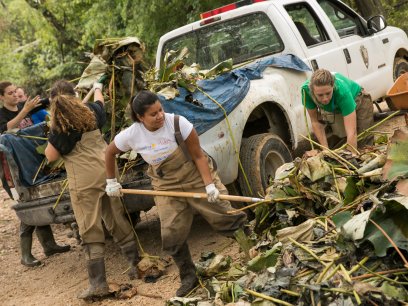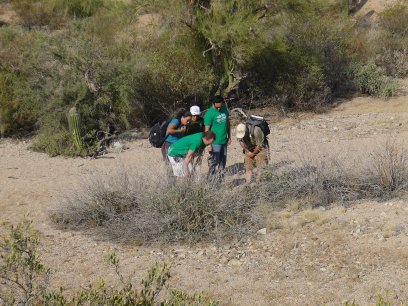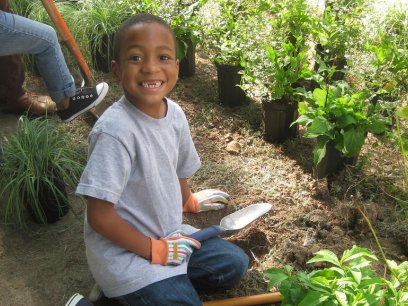
America's demographics are constantly changing. Across the field, environmental organizations have been slow to catch up to better reflect the communities they serve. According to Green 2.0, about 38% of the United States population is comprised of people of color, but of the almost 300 environmental institutes examined in 2014's report “The State of Diversity in Environmental Organizations,” ethnic minorities only made up 16% of the staff and boards of the organizations, and the membership and volunteer base of these organizations were also predominantly white.[1]
The issue affects the spectrum of environmental organizations from conservation and preservation organizations, to government environmental agencies and environmental grantmaking foundations, but there is also a desire among these organizations to diversify boards and staff. However, actually moving the needle on diversity in hiring in environmental organizations has proven slow. While representation of people of color in these institutions has increased over time, hiring figures show that ethnic minorities have remained only a small fraction of the new staff, and that number drops even more when it comes to hiring C-suite level executives.[2][3]
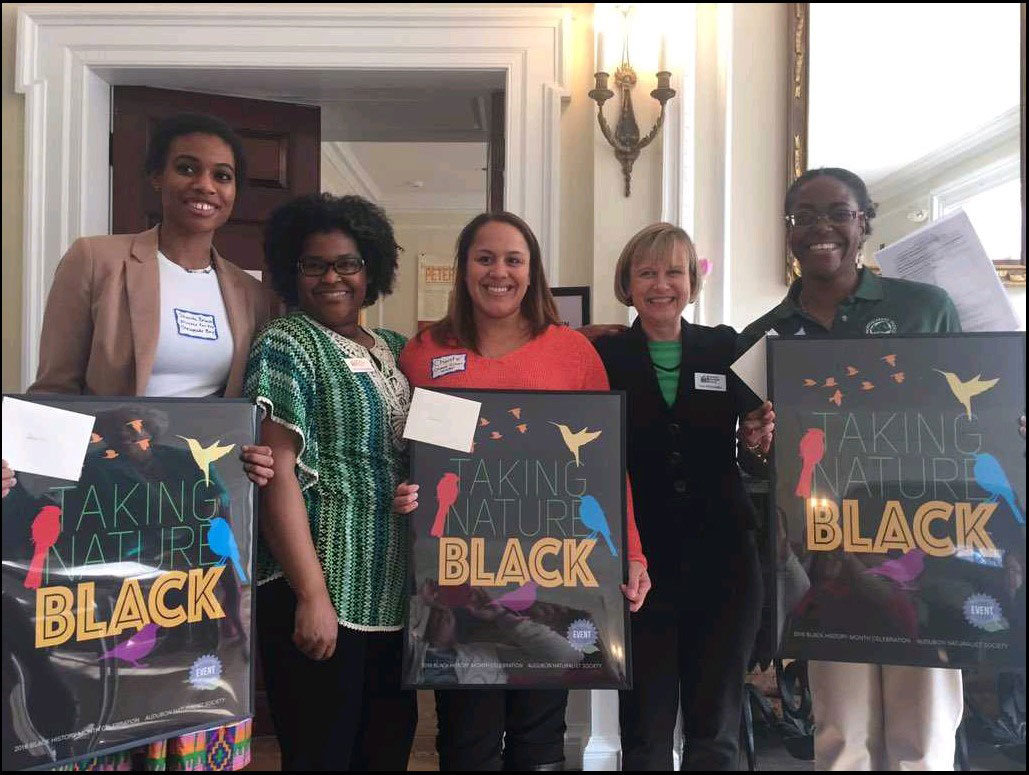
Like its peers in the field, Audubon Naturalist Society recognized the importance of increasing diversity at all levels of its organization—board, staff, members, volunteers, and the advisory council for the organization's 50 year masterplan. In order to do so in an authentic way that would help the organization better connect with its local community, Audubon partnered with the Choose Clean Water Coalition, the Chesapeake Bay Program, and Montgomery Parks to host an event called Taking Nature Black during 2016's Black History Month.
The goal of the event was to establish a better rapport with people of color in the community, while at the same time increasing the diversity of Audubon and other local organizations focused on the stewardship of the Chesapeake Bay. The keys to such an undertaking were to create a lasting two-way dialogue with the community, and be flexible and willing to try new approaches to outreach and engagement.
An all-day event geared towards African American students, professionals, and seniors, Taking Nature Black included a green jobs fair, breakout sessions on environmental literacy and cultural competency, storytelling from a representative of the National Association of Black Storytellers, and an environmental advocacy discussion and listening session to learn more about some of the issues facing the local community. In order to get the word out about the event, Audubon conducted outreach to area schools, with a focus on HBCUs, black student unions, and majority black campuses. Audubon worked to reach African-American audiences who may not have typically been aware of or involved in the organization's activities.
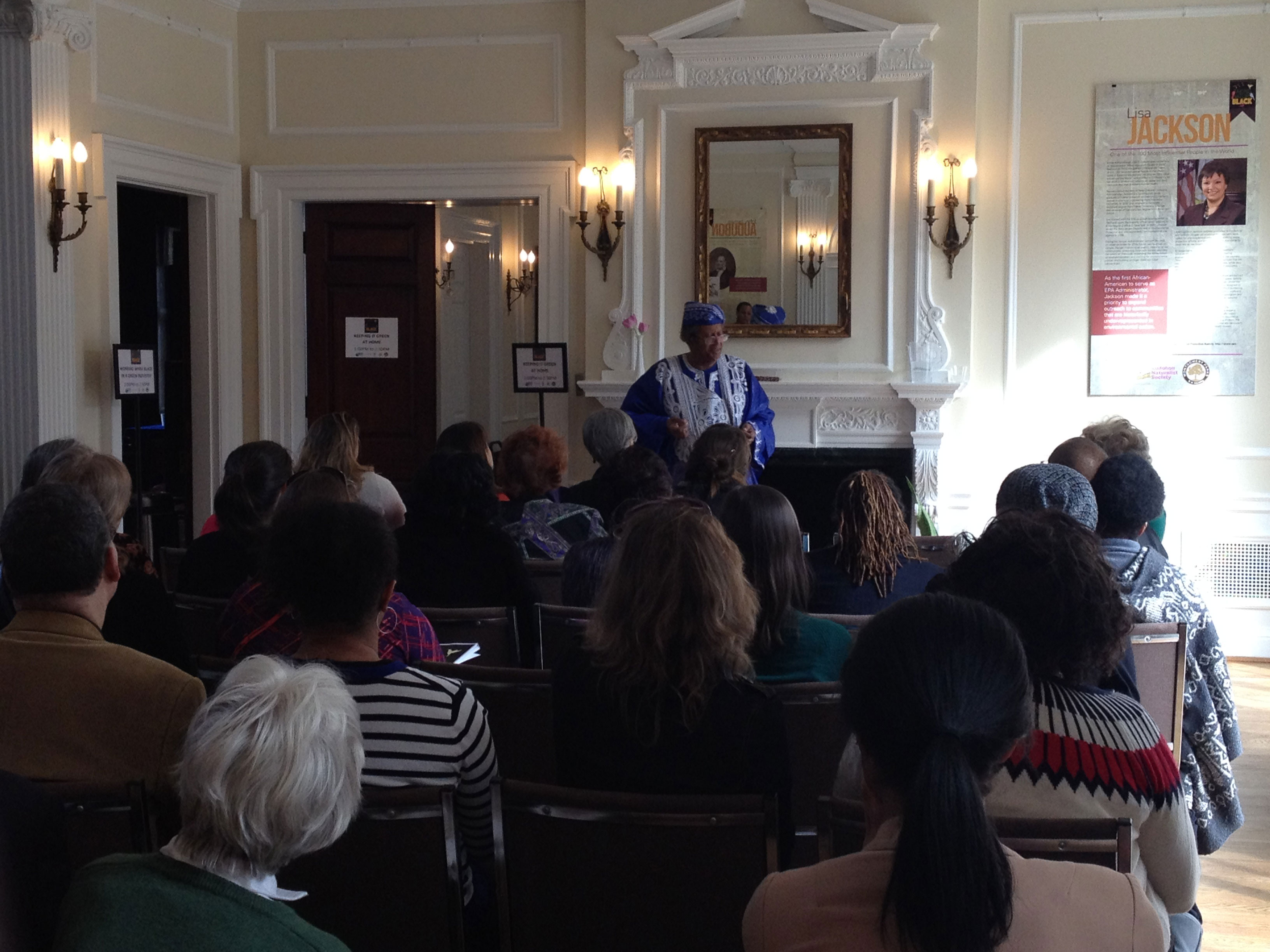
The event was filled to capacity, with 100 attendees, 20 local organizations tabling at the job fair, and a full slate of speakers including representatives from local government, environmental justice organizations, organizations whose mission it was to support and empower people of color, and environmental stewardship non-profits. Predominantly led by black leaders, these sessions were geared toward people of color in environmental organizations and their specific challenges, and worked to tie in environmental stewardship to the personal lives of the event attendees. Feedback from the event was positive, and the conversation and connections formed between interested community members and environmental organizations opened the door for continuing dialogue and involvement.
Behind the scenes, the focus on diversity did not end with the speakers and attendees—when creating the event, Audubon found it important to “walk the talk” on diversity in hiring, and that started with the actual event planning—the sponsors, graphic designers, and caterers for the event. By intentionally seeking and hiring black-owned businesses whenever possible, Audubon was able to make sure that every facet of the event tied back to the main diversification goal of Taking Nature Black.
The breakout sessions, job fair, communications strategy, and event planning all had a shared goal of attracting and serving the specific audience that the event was being planned for—by being intentional with this mission, Audubon was better able to reach and engage with the African American community in their area, setting the stage for increased representation not only at Audubon, but many other environmental organizations around the Bay.
[1] https://orgs.law.harvard.edu/els/files/2014/02/FullReport_Green2.0_FINALReducedSize.pdf
[2] http://www.diversegreen.org/wp-content/uploads/2016/12/RG-002_Report-A_5a_120516_Singles_CMYK.pdf
[3] https://orgs.law.harvard.edu/els/files/2014/02/FullReport_Green2.0_FINALReducedSize.pdf
